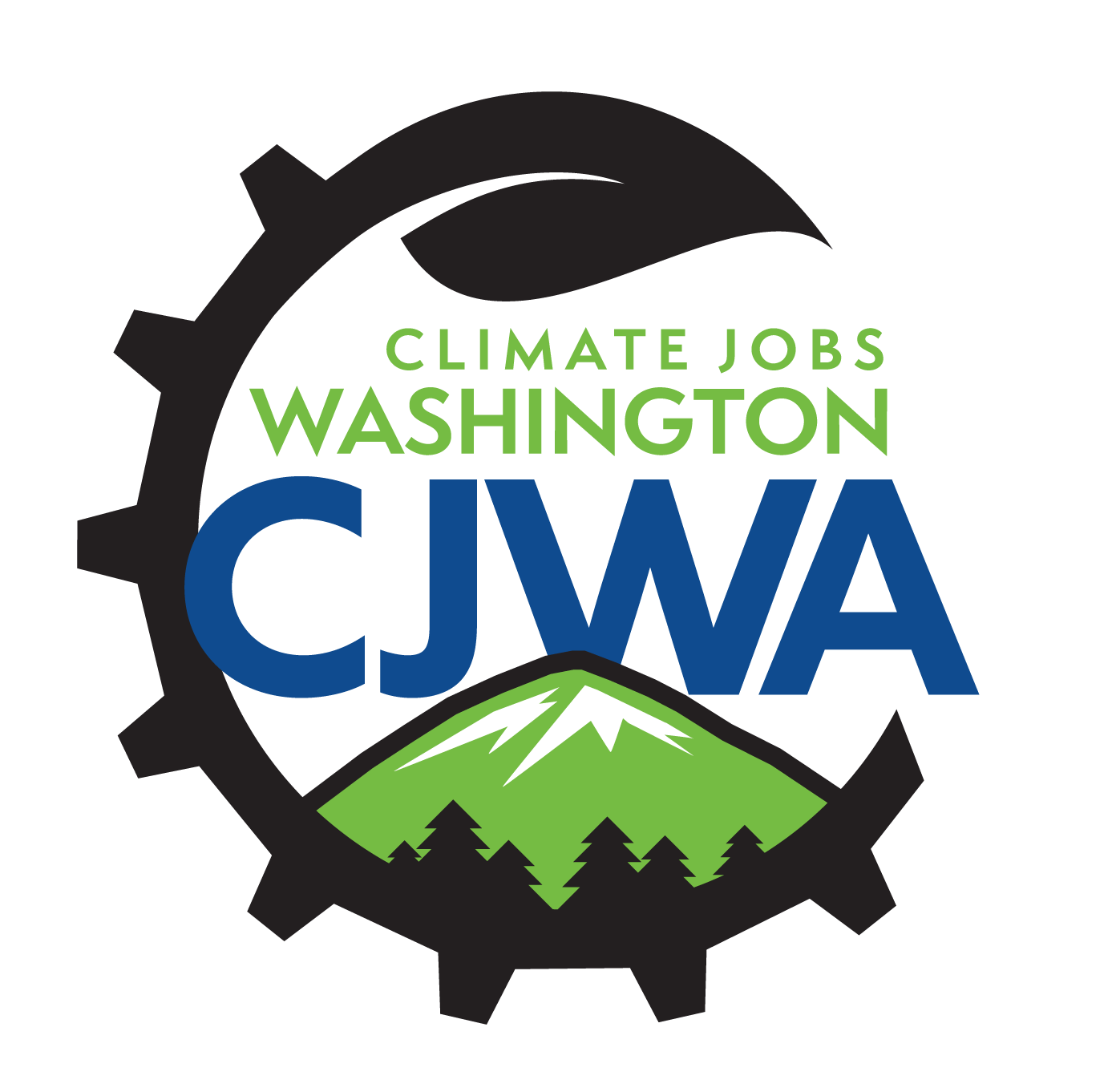Washington's Clean Energy Gridlock
Why We're Failing to Connect Renewable Projects—And What We Can Do About It
Washington ranks dead last in connecting new clean energy to the grid. Here's how we fix it—and protect jobs, families, and our climate goals in the process.
Washington state has earned a reputation as a climate leader. We've set ambitious goals: 100% zero-emission electricity by 2045 and a 95% reduction in greenhouse gas emissions by 2050. We've witnessed the climate crisis firsthand—through devastating wildfires, record heat waves, and coastal impacts.
But there's a troubling gap between our climate commitments and our ability to deliver on them.
The Bottleneck Crisis
Over the past decade, builders have submitted 469 planned energy projects for connection to the Bonneville Power Administration's Pacific Northwest grid. The result? Just one approval.
Read that again: 469 applications. One approval.
Solar and wind developers across Washington are ready to build. The projects are planned. The jobs are waiting. But without access to transmission lines, these clean energy sources can't come online. At this rate, meeting our climate goals isn't just difficult—it's impossible.
Perfect Storm: Rising Demand Meets Federal Rollbacks
The timing couldn't be worse. We're experiencing unprecedented electricity demand driven by:
The artificial intelligence boom requiring massive data center capacity
Increased electrification of homes, vehicles, and businesses
Growing population and economic activity
Meanwhile, recent federal budget legislation has made building clean energy projects more difficult and expensive nationwide, compounding our local challenges.
What This Means for Washington Workers and Families
This gridlock has real consequences for real people:
For Families: Analysts project household utility bills will rise by $115 annually by 2029, driven by growing demand colliding with our inability to bring new clean energy online.
For Reliability: The Western Electricity Coordinating Council warns that residents may face the equivalent of nearly a month of brownout or blackout risk each year.
For Workers: Union members in the clean energy sector are watching good-paying jobs sit on the sidelines while projects languish in approval limbo.
Why This Is Happening
The transmission approval process has become a critical chokepoint. While the reasons are complex—involving federal jurisdiction, utility coordination, environmental review, and regulatory procedures—the result is clear: we've created a system where clean energy projects can't connect to the grid in any reasonable timeframe.
This isn't just a policy failure. It's an economic and climate emergency.
Solutions: What Washington Can Do
We don't have to accept this status quo. Here's what needs to happen:
1. Streamline the Interconnection Process Work with BPA and state regulators to create faster, more predictable pathways for clean energy projects to connect to the grid while maintaining safety and reliability standards.
2. Invest in Transmission Infrastructure Upgrade and expand our transmission network to accommodate the clean energy projects waiting in the queue. This infrastructure investment creates immediate construction jobs while enabling long-term clean energy employment.
3. State-Level Action While BPA operates under federal authority, Washington can use its regulatory power, financial tools, and political leverage to accelerate progress. State leaders must make transmission expansion a top priority.
For example passing senate bill 5466 which would create both a Washington Electric Transmission Authority with public financing authority as well as a Categorical Exemption to the State’s Environmental Protection Act for existing infrastructure which has already been subjected to the SEPA process.
The two components of this bill would ensure we are long-term planning for our transmission grid as well as immediately seeking solutions to alleviate capacity strains on our current infrastructure.
4. Regional Coordination Partner with Oregon, Idaho, and other Pacific Northwest states to develop regional solutions that benefit the entire grid and accelerate the clean energy transition across state lines.
5. Workforce Development Ensure that transmission and clean energy projects create good union jobs with strong labor standards, training programs, and community benefits.
The Bottom Line
Washington can't be a climate leader in name only. We need action that matches our ambitions.
Every day that clean energy projects sit in the approval queue is a day we fall further behind on climate goals, miss out on economic opportunities, and leave families vulnerable to price increases and reliability concerns.
The solutions exist. The projects are ready. The workers are ready. Now our policymakers need to step up and clear the path forward.
The climate crisis won't wait for our bureaucracy to catch up. Neither should we.
Climate Jobs Washington advocates for policies that accelerate the clean energy transition while creating good union jobs and protecting workers and communities. Learn more about our work and how you can get involved here!
Cited:
